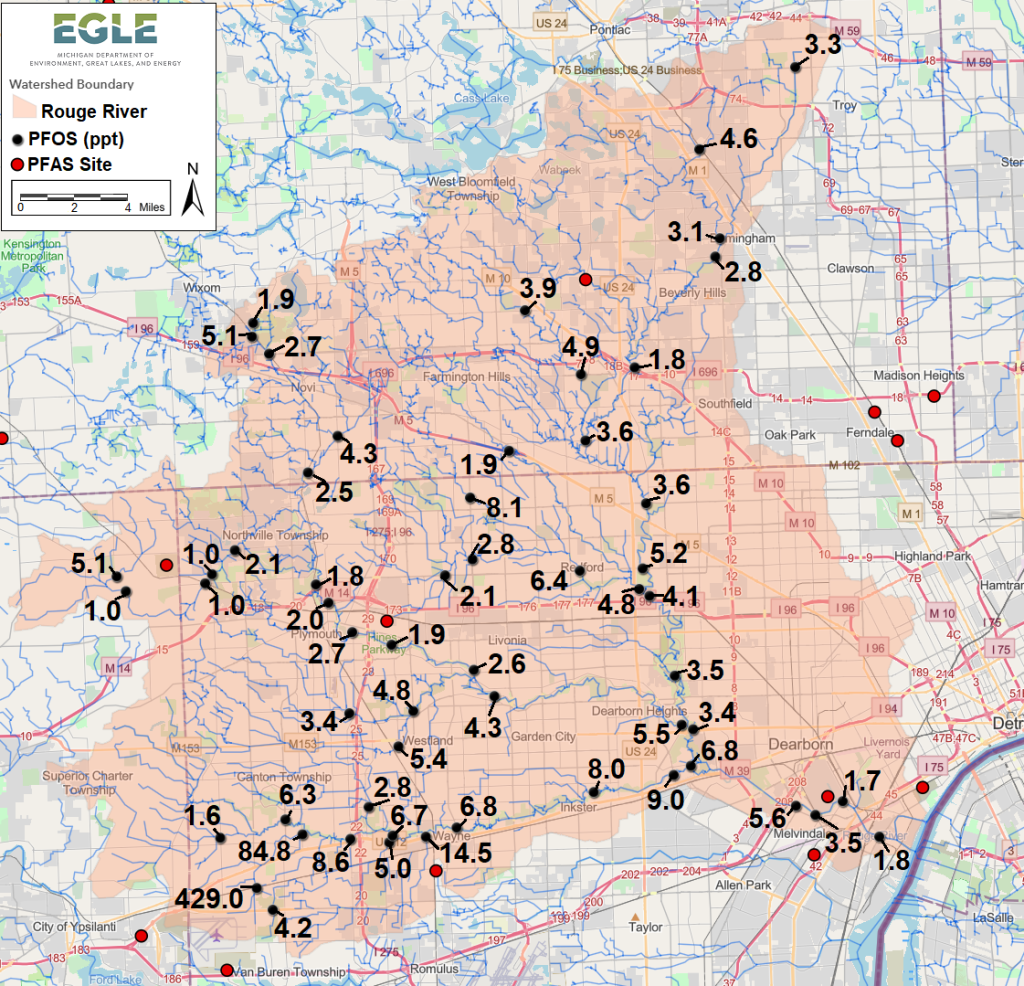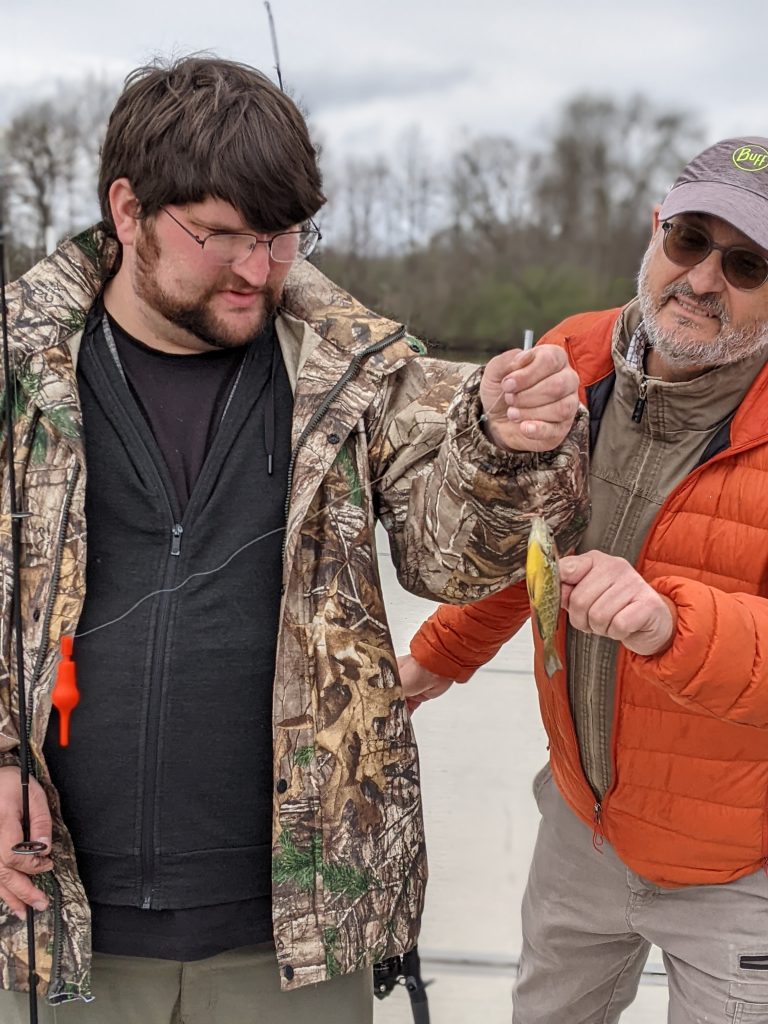What are PFAS?
PFAS, or Per- and Polyfluoroalkyl substances, are a group of 4700 different chemicals used in industrial products since the 1940s. They can take thousands of years to break down and are linked to many health problems. PFAS are in many household products like carpet, personal care products, non-stick cookware, waterproof (Gore-tex) clothing, and fast-food wrapping.
“PFAS is the acronym for the whole group of chemicals. Perfluorooctane Sulfonate (PFOS) and Perfluorooctanoic Acid (PFOAS) are the two PFASs that have been produced in the largest amounts in the United States and are the most studied. They have a molecular structure with a water-loving (hydrophilic) and a water-fearing (hydrophobic) end, making them dissolvable in water and oil and able to repel both. PFOA and PFO are toxic to laboratory animals and have been linked to human health effects including raising cholesterol, reducing fertility, and causing cancer.”
In 2002, most U.S. manufacturers voluntarily phased out PFOS production. The EPA has drinking water health advisories for PFOS and Michigan has guidelines for PFOA and PFO. Organizations like the Ecology Center are working to raise awareness about these products and are part of the Great Lakes PFAS Action Network that is “standing up to toxic PFAS polluters to protect the health of our communities.”
In Michigan, more than 200 PFAS-contaminated sites have been identified (map). Drinking water contamination by PFAS is a huge health concern but the Rouge River water is not a source. Testing of Rouge water and fish has just begun and there is growing concern about high levels in fish.
Rouge River PFAS
Surface Water
In October 2020, the Michigan Great Lakes, Environment, and Energy (EGLE) Water Resources Division (WRD) tested 57 sites for PFAS in surface water. While PFOA levels did not exceed water quality standards, three sites exceeded the standard for PFOS (12 ppt). This includes two sites downstream of Willow Run Airport including one with very high levels (429 ppt) and McClaughery Drain near Newburgh Road which was later traced to a metal plating business. Another hot spot in the Rouge has been the Arbor Hills Landfill in Northville which was found to be discharging stormwater with elevated levels into the Johnson Creek in 2020. Tap HERE to see PFOS Map enlargement.


Fish
Michigan’s EGLE tested fish in October 2019 downstream of the confluence with the Lower branch and found elevated levels. Since then, EGLE has conducted additional testing of fish from the Johnson Creek, the Middle Rouge and Main branches, and the turning basin (report).
The Michigan Department of Health and Human Services (MDHHS) issues fish consumption advisories for fish containing harmful levels of PFOS. On May 2, 2022, MDHHS issued a following press release announcing:
A ‘Do Not Eat’ advisory for bluegill and sunfish caught in the Lower Branch of the Rouge River and the Main Branch of the Rouge River from the Ford Estate Dam to the Detroit River. This is due to high levels of perfluorooctane sulfonate (PFOS), a type of per- and polyfluoroalkyl substance (PFAS).
For more information on fish guidelines in the Rouge River and other Southeast Michigan waterbodies, see the Eat Safe Fish Southeast Regional Guide.
For fish consumption guidelines for waterbodies in other regions of Michigan, head to the Find Your Area section of the Eat Safe Fish website.
FOTR Engages Community Monitors in PFAS testing
FOTR is part of two new partnerships to collect and test Rouge fish for PFAS.
FOTR is partnering with the Ecology Center and the Huron River Watershed Council on a project to engage anglers in collecting Rouge fish to be tested for PFAS. The testing will include a long list of PFAS chemicals and different parts of the fish will be tested. Check out the photos of our Rouge anglers who are collecting fish this spring.
FOTR is also partnering with Wayne State’s Healthy Urban Waters to test fish and some macroinvertebrates for PFAS this summer.

Categories
-
News & EventsLearn more about upcoming FOTR events and projects
-
Our WorkShort description about the category for context.